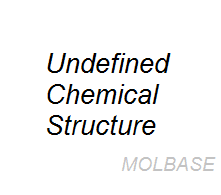
-
Linseed oil
CAS No.: 8001-26-1 Formula: Molecular Weight: 0.00000Search Suppliers
-
Linseed oil
CAS No.:8001-26-1
Formula: Molecular Weight: 0.00000
Basic Info
Chemical Name |
Linseed oil |
|---|---|
Synonyms |
GP 1125; Linoxin Oil H; Hakujun'ama 7; Linseed oil substitutes; Fats and Glyceridic oils, flaxseed; Hakujun'ama 6; Toenol 1140; Fats and Glyceridic oils, linseed; Linseed-oil substitutes; P 1037; OKO-M 25; Linseed oil, bleached; Flax oil; Flaxseed oil; Scan-Oil; Linum seed oil; Linola 2090; Purolin 2; Oleum Lini; Oleum semen Lini; Oils, glyceridic, flaxseed or linseed; PU 104; Purolin; Diggers; Kremer 73054; NuLin 50; Eruboiruyu; Expand |
CAS No. |
8001-26-1 |
Molecular Formula |
|
Molecular Weight |
0.00000 |
PSA |
0.00000 |
LogP |
0.00000 |
Numbering system
| UNII | 84XB4DV00W |
|---|
MSDS
Total 1 Documents >>-
MSDS
Expand -
MSDS
Collapse
Section 1 - Chemical Product MSDS Name:Linseed Oil Raw or Boiled Material Safety Data SheetName: Linseed Oil Raw or Boiled Material Safety Data Sheet Synonym: Flaxseed Oi CAS: 8001-26-1
Synonym:Flaxseed Oi
Section 2 - COMPOSITION, INFORMATION ON INGREDIENTS
Hazard Symbols: None Listed.CAS# Chemical Name content EINECS# 8001-26-1 Linseed Oil 100.0 232-278-6
Risk Phrases: None Listed.
Section 3 - HAZARDS IDENTIFICATION
EMERGENCY OVERVIEW
Not available.
Potential Health Effects
Eye:
Contact may cause transient eye irritation.
Skin:
Prolonged and/or repeated contact may cause irritation and/or dermatitis. May cause skin sensitization, an allergic reaction, which becomes evident upon re-exposure to this material.
Ingestion:
Aspiration hazard. Ingestion of large amounts may cause gastrointestinal irritation. Aspiration of material into the lungs may cause chemical pneumonitis, which may be fatal.
Inhalation:
Causes respiratory tract irritation.
Chronic:
May cause allergic skin reaction in some individuals.
Section 4 - FIRST AID MEASURES
Eyes: Flush eyes with plenty of water for at least 15 minutes, occasionally lifting the upper and lower eyelids. Get medical aid.
Skin:
Flush skin with plenty of water for at least 15 minutes while removing contaminated clothing and shoes. Get medical aid if irritation develops or persists. Wash clothing before reuse.
Ingestion:
Do not induce vomiting. If victim is conscious and alert, give 2-4 cupfuls of milk or water. Never give anything by mouth to an unconscious person. Get medical aid.
Inhalation:
Remove from exposure and move to fresh air immediately. If not breathing, give artificial respiration. If breathing is difficult, give oxygen. Get medical aid if cough or other symptoms appear.
Notes to Physician:
Section 5 - FIRE FIGHTING MEASURES
General Information:
As in any fire, wear a self-contained breathing apparatus in pressure-demand, MSHA/NIOSH (approved or equivalent), and full protective gear. During a fire, irritating and highly toxic gases may be generated by thermal decomposition or combustion. Will burn if involved in a fire. Vapors may be heavier than air. They can spread along the ground and collect in low or confined areas.
Extinguishing Media:
Use dry chemical to fight fire. Use carbon dioxide.
Section 6 - ACCIDENTAL RELEASE MEASURES
General Information: Use proper personal protective equipment as indicated in Section 8.
Spills/Leaks:
Avoid runoff into storm sewers and ditches which lead to waterways.
Clean up spills immediately, observing precautions in the Protective Equipment section. Remove all sources of ignition. Absorb spill using an absorbent, non-combustible material such as earth, sand, or vermiculite. Do not use combustible materials such as sawdust.
Provide ventilation.
Section 7 - HANDLING and STORAGE
Handling:
Wash thoroughly after handling. Wash hands before eating. Remove contaminated clothing and wash before reuse. Use with adequate ventilation. Avoid contact with skin and eyes. Keep away from heat, sparks and flame. Do not ingest or inhale. Wash clothing before reuse.
Storage:
Keep away from heat, sparks, and flame. Store in a cool, dry place.
Store in a tightly closed container. Keep from contact with oxidizing materials.
Section 8 - EXPOSURE CONTROLS, PERSONAL PROTECTION
Engineering Controls:
Good general ventilation should be sufficient to control airborne levels. Facilities storing or utilizing this material should be equipped with an eyewash facility and a safety shower.
Exposure Limits CAS# 8001-26-1: Personal Protective Equipment Eyes: Wear appropriate protective eyeglasses or chemical safety goggles as described by OSHA's eye and face protection regulations in 29 CFR 1910.133 or European Standard EN166.
Skin:
Wear appropriate gloves to prevent skin exposure.
Clothing:
Wear appropriate protective gloves to prevent skin exposure.
Respirators:
Follow the OSHA respirator regulations found in 29 CFR 1910.134 or European Standard EN 149. Use a NIOSH/MSHA or European Standard EN 149 approved respirator if exposure limits are exceeded or if irritation or other symptoms are experienced.
Section 9 - PHYSICAL AND CHEMICAL PROPERTIES
Physical State: Liquid
Color: yellow to brown
Odor: peculiar odor
pH: Not available.
Vapor Pressure: Not available.
Viscosity: Not available.
Boiling Point: > 600 deg F
Freezing/Melting Point: -11 deg F
Autoignition Temperature: 650 deg F ( 343.33 deg C)
Flash Point: 403 deg F ( 206.11 deg C)
Explosion Limits, lower: Not available.
Explosion Limits, upper: Not available.
Decomposition Temperature: Not available.
Solubility in water: Insoluble in water
Specific Gravity/Density: 0.925 - 0.935
Molecular Formula: Not applicable.
Molecular Weight: Not available
Section 10 - STABILITY AND REACTIVITY
Chemical Stability:
Stable under normal temperatures and pressures.
Conditions to Avoid:
Incompatible materials, excess heat.
Incompatibilities with Other Materials:
Nitric acid, chlorine, strong oxidizing agents.
Hazardous Decomposition Products:
Carbon monoxide, irritating and toxic fumes and gases, carbon dioxide.
Hazardous Polymerization: Has not been reported.
Section 11 - TOXICOLOGICAL INFORMATION
RTECS#:
CAS# 8001-26-1: OI9690000 LD50/LC50:
Not available.
Carcinogenicity:
Linseed Oil - Not listed by ACGIH, IARC, or NTP.
Other:
See actual entry in RTECS for complete information.
Section 12 - ECOLOGICAL INFORMATION
Section 13 - DISPOSAL CONSIDERATIONS
Products which are considered hazardous for supply are classified as Special Waste and the disposal of such chemicals is covered by regulations which may vary according to location. Contact a specialist disposal company or the local waste regulator for advice. Empty containers must be decontaminated before returning for recycling.
Section 14 - TRANSPORT INFORMATION
IATA
Not regulated as a hazardous material.
IMO
Not regulated as a hazardous material.
RID/ADR
Not regulated as a hazardous material.
Section 15 - REGULATORY INFORMATION
European/International Regulations
European Labeling in Accordance with EC Directives
Hazard Symbols: Not available.
Risk Phrases:
Safety Phrases:
WGK (Water Danger/Protection)
CAS# 8001-26-1: 1
Canada
CAS# 8001-26-1 is listed on Canada's DSL List.
CAS# 8001-26-1 is listed on Canada's Ingredient Disclosure List.
US FEDERAL
TSCA
CAS# 8001-26-1 is listed on the TSCA inventory.
SECTION 16 - ADDITIONAL INFORMATION
N/A
Toxicity
Total 1 Documents >>| Exposure Route | Type of Test | Species Observed | Dose/Duration | Toxic Effects |
|---|---|---|---|---|
| Administration onto the skin | Standard Draize test | Human | 300 mg/3D (Intermittent) | - |

Other items you might be interested in

-
CAS No.: 112945-52-5
Silica, fumed
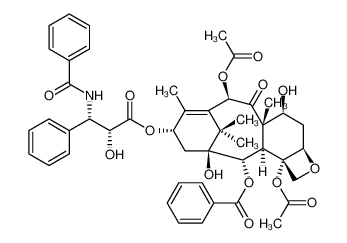
-
CAS No.: 33069-62-4
Paclitaxel
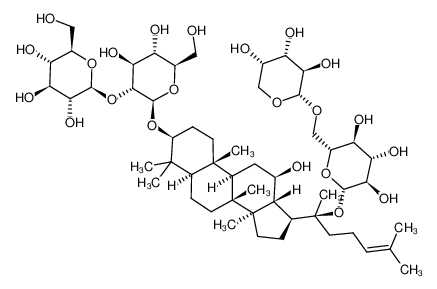
-
CAS No.: 11021-13-9
Ginsenoside Rb2
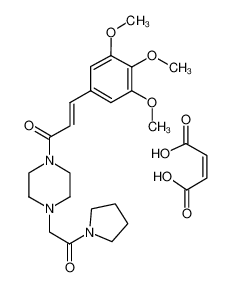
-
CAS No.: 26328-04-1
Cinepazide maleate
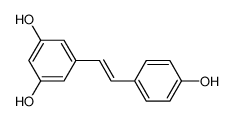
-
CAS No.: 501-36-0
Resveratrol

-
CAS No.: 21645-51-2
Aluminium hydroxide










-
-

-
-
-

-
-
-

-
-
-

-
-
-

-
-
-
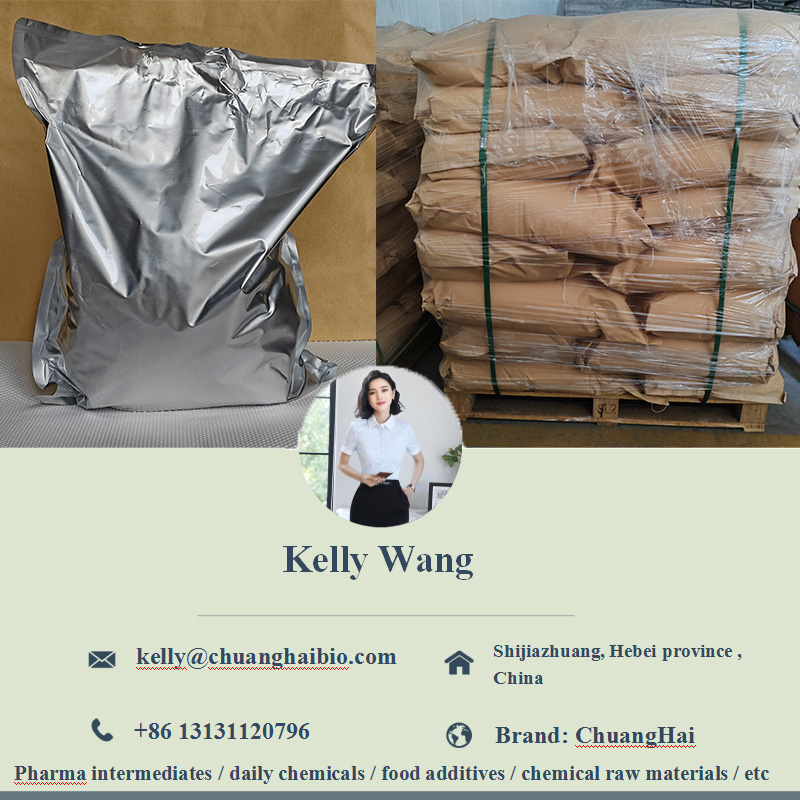
-
-
-

-
-
-

-
-
-

-
-
-

-
More Suppliers>>Hangzhou J&H Chemical Co., Ltd.
CHINA
Purity: 98%
Lead Time: 7 Day(s)
Price: -
Hangzhou J&H Chemical Co., Ltd.
CHINA
Purity: ≥98%
Lead Time: 7 Day(s)
Price: -
Xiamen Zhixin Chemical Co., Ltd.
CHINA
Purity: 99%
Lead Time: 3 Day(s)
Price: -
Henan Coreychem Co.,Ltd
CHINA
Purity: 98%
Lead Time: 2-3 Day(s)
Price: -
Henan Coreychem Co.,Ltd
CHINA
Purity: 0.98%
Lead Time: 2-3 Day(s)
Price: -
CHINA
Purity: 99%
Lead Time: 1 Day(s)
Price: Min $1 /kg
Jiangxi Wanhua Spice Co., Ltd.
CHINA
Purity: 0.9999%
Lead Time: 2-3 Day(s)
Price: -
Ji'an Huatianbao Chinese Herbal Medicine Products Factory
CHINA
Purity: 0.9999%
Lead Time: 2-3 Day(s)
Price: -
Shenzhen Diweijia Biotechnology Co., Ltd.
CHINA
Purity: 99.99%
Lead Time: 3 Day(s)
Price: -
Hubei Shuangmeng United Pharmaceutical Co., Ltd.
CHINA
Purity: %
Lead Time: Day(s)
Price: -